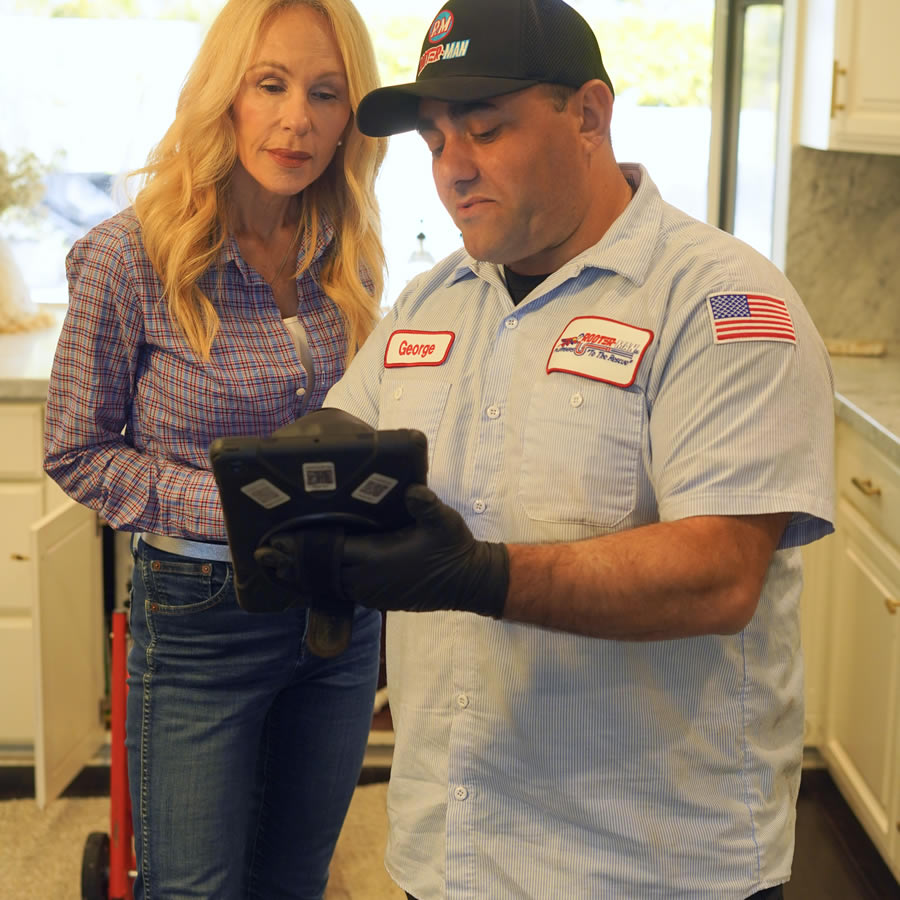 Sep 27, 2024
Sep 27, 2024
Nobody really wants to think about the long history of indoor plumbing as long as everything is working properly. It’s understandable, as no one wants to dwell on the intricacies of pipes and drains. However, learning about the evolution of indoor plumbing systems can help you appreciate the technological advancements that have made modern plumbing possible.
In this article, we’ll look into some of the most fascinating facts about the history of indoor plumbing.
While modern plumbing systems may seem like a recent invention, the concept of indoor plumbing dates back thousands of years. Ancient civilizations like the Indus Valley Civilization and the Minoans had sophisticated plumbing systems that included toilets, bathrooms, and drainage systems. These early plumbing systems were often made of clay pipes and stone channels, and they were used to transport water into and out of homes and public buildings.
The modern shower as we know it today was invented in the early 19th century. Before that, bathing was often done in tubs or using buckets of water. The first showers were simple devices that consisted of a water tank with a perforated bottom. The water would flow through the perforations and fall onto the bather. Over time, showers became more sophisticated, with features like adjustable temperature controls and multiple showerheads.
In 1992, the United States government mandated the use of low-flow toilets to conserve water. These toilets use significantly less water per flush than traditional toilets, and they have helped to reduce water consumption in homes and businesses across the country. The introduction of low-flow toilets was a major step forward in water conservation, and it has had a positive impact on the environment. However, low-flow toilets are less effective at flushing waste and causing clogs. If you still have low-flow toilets, reach out to a plumbing repair service for toilet replacement.
The flushing toilet, as we know it today, was invented by Sir John Harington, an English courtier, in 1596. Harington's invention was a significant improvement over earlier toilet designs, as it used water to flush away waste. However, it was not widely adopted until the 19th century, when advances in technology and manufacturing made it more affordable and accessible.
Over the years, countless innovations in plumbing technology have been patented. These innovations have helped to improve the efficiency, reliability, and safety of plumbing systems. Some examples of patented plumbing inventions include the ballcock valve, the P-trap, and the water heater. The ongoing development of new plumbing technologies is essential for ensuring that our plumbing systems remain efficient and sustainable.
If you’re looking for a trusted plumbing service specializing in indoor plumbing, look no further than Rooter Man Plumbing. We are a premier plumbing company with long-standing history and a proven track record. From drain cleaning and gas line repair to sump pump installation and garbage disposal replacement, we’ve got you covered. Our team of skilled plumbers has the experience and state-of-the-art tools to provide outstanding services. Contact us today to schedule an appointment with our trusted plumbers.